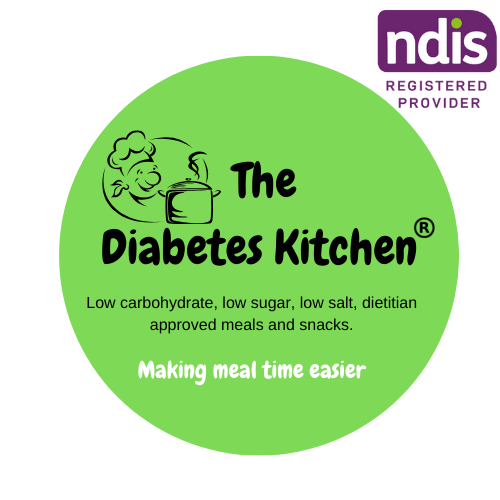Here's some interesting information from our friend Nikki (who manages her own T1 and is a dietitian):
Do you know that eating cold carbohydrates (carbs.) can improve your blood glucose management?
That’s right, eating your rice and pasta cold is the key!
Have you ever heard of a ‘resistant starch’? Neither had I until recently, but the benefits are amazing, particularly if you have diabetes.
So, I’m spreading the word! Keep reading.
What is a resistant starch?
It’s all about digestion. Where other types of starch are broken down in the small intestine, Resistant Starch passes through the small intestine intact and is digested/fermented in the large intestine.
So, it’s classified as a type of fibre which has a lower Glycaemic Index (GI) than other starches.
What are the benefits of eating resistant starch?
The bonus for people with diabetes is, resistant starch has been shown to help improve insulin sensitivity and glucose control.
It’s also great for gut health, as the resistant starch is digested through fermentation, by good bacteria in the bowel (large intestine).
(source: Nutrition Australia , The Healthy Grain and the British Nutrition Foundation ).
Examples of resistant starch
Resistant starch is found in under-cooked pasta, under-ripe bananas, pulses, seeds and cooked and then cooled potato and rice.
Yes that’s right, cold rice and pasta. It’s all in the way the food is cooked that makes it a resistant starch. Rice and pasta that is cooked and then allowed to cool before being eaten, has a lower GI – Cold Rice.
Want to find out more? Keep reading as Kathy Usic, CEO of the Glycaemic Foundation, shares her insights on the benefit of eating cold carbs!
Q: Is it true that the way food is cooked can alter its GI?
A: “Foods and drinks provide fuel for our body in the form of carbohydrates, fat, protein and alcohol. Carbohydrates are the body’s preferred fuel source.
“The glycaemic index (GI) is a way to classify foods and drinks according to how quickly they raise the glucose level of the blood. Factors such as the size, texture, viscosity (internal friction or ‘thickness’) and ripeness of a food affect its GI. For instance, an unripe banana may have a GI of 30, while a ripe banana has a GI of 51. Both ripe and unripe bananas have a low GI.
“Fat, protein, soluble fibre, fructose (a carbohydrate found in fruit) and lactose (the carbohydrate in milk) also generally lower a food’s glycaemic response. Fat and acid foods (like vinegar, lemon juice or acidic fruit) slow the rate at which the stomach empties and slow the rate of digestion, resulting in a lower GI. The carbohydrate food is more slowly converted to glucose and absorbed into the bloodstream.
“As well, fermenting foods or the sourdough method of baking bread also lower the GI. Other factors present in food, such as phytates found in wholegrain breads and cereals, may also delay a food’s absorption and therefore lower the GI.
“Cooking and processing can also affect the GI. Food that is broken down into fine or smaller particles will be more easily absorbed and so has a higher GI. Foods that have been cooked and allowed to cool (potatoes, for example) can have a lower GI when eaten cold than when hot.”
Q: Is it true that starchy carbohydrates such as rice and pasta, when eaten cold, have a lower GI and can have a lesser impact on BGL than when eaten hot?
A: “Correct. For example pasta has a glycaemic index value of 40-50. This can be further reduced by cooking it less (al dente). This is because al dente pasta resists the effect of digestive enzymes and has a lower GI.
“However, cooking pasta for longer accelerates starch gelatinisation, increasing the GI. The same principle applies to rice when cooked and cooled the starch ‘retrogrades’ becoming more resistant to digestion and therefore lowering the GI.”





